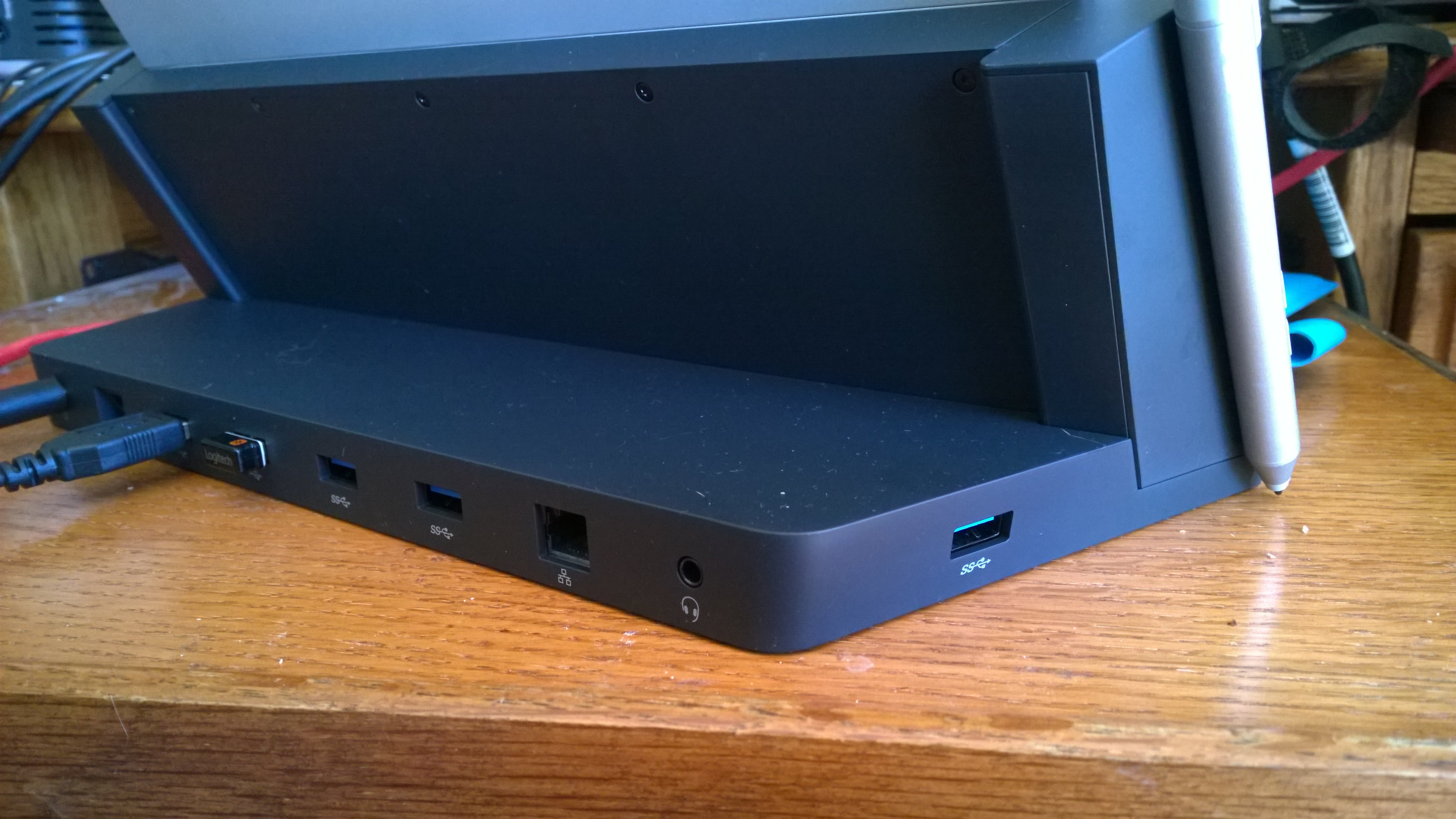
Fundamentally, the values are comparable, as the maximum brightness again hovers around 450 cd/m². The panel again comes from LG Philips, but the panel ID has changed. Thanks to sensors, the brightness and color temperature are automatically adjusted and this also functions well. Our subjective impression of the glossy screen is still very good. 60 Hz is preset as the default rate, so 120 Hz has to be manually selected in the settings. Nothing has changed in the fundamental characteristics of the display, which remains an IPS touchscreen in 3:2 format, offers a resolution of 2880 x 1920 (267 PPI) and a refresh rate of up to 120 Hz.

A number of online retailers (depending on your location) may offer such bundles at cheaper prices - our bundle, for example, is available from EUR 2130 (~US$2320).
/cdn.vox-cdn.com/uploads/chorus_image/image/67987276/surfacepro8.0.jpg)
In this configuration, the convertible costs US$1.879,99, although you have to factor in another ~US$300 for the Signature Keyboard and the Surface Slim Pen 2. Our review sample is the top CPU variant with a Core i7 1255U, 16GB of RAM and 512 GB PCIe-SSD.

We will also review the new ARM variant with the Microsoft SQ3 Adreno 8CX Gen3 soon, but the Surface Pro 9 with its Alder Lake-U processor is our first test subject for today. This means there are now two variants of the Surface Pro 9, namely one with a regular Intel processor (from US$989,00) and the other with an ARM chip (US$1357,12), which also supports 5G connectivity. Microsoft has made several changes to its Surface products, as the previous Surface Pro X ARM tablet is no longer a stand-alone product and will henceforth be continued under the name Surface Pro 9.


 0 kommentar(er)
0 kommentar(er)
